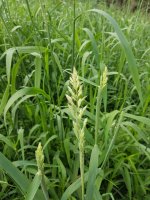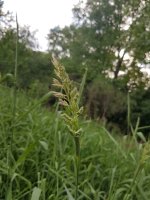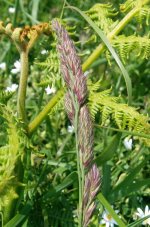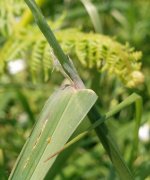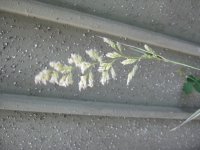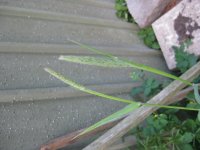downwardsfromzero
Boundary condition
That last one's Phragmites australis. Not too promising, although it would be interesting if you could make an extract of the flowers for prospective alkaloid testing. That may prove more fruitful than the rhizomes, which, given the situation pictured, are hardly accessible. They are very difficult to dig up, thus it's much easier to harvest them from deep water using a boat.
The reference for DMT in P. australis roots is: "Alkaloids from the rhizomes of Phragmites australis (Cav.) Trin. ex Steud." Scientia Pharmaceutica, Wassel, G.M. et al, 1985, 53 (3): 169-170
The reference for DMT in P. australis roots is: "Alkaloids from the rhizomes of Phragmites australis (Cav.) Trin. ex Steud." Scientia Pharmaceutica, Wassel, G.M. et al, 1985, 53 (3): 169-170









